How the Black History Flash Cards are being used
We’ve been getting a lot of questions from people asking how the cards are being used by educators/institutions or creative individuals to learn and inspire. So we have collected some of the feedback from our awesome customers to help you find new ways to use the Black History Flash Cards.
WOW, THIS HAS BLOWN US AWAY! PLEASE READ!!!!
“I use your cards in my American History class! Everyday, they come into class bring a card and have to fill out the Do Now about who they have. This has empowered my students more than anything I’ve ever done. They are asking for lessons about certain people, wanting to read autobiographies, and do presentations on their own time.
I can’t tell you how thankful I am for these cards. Teaching a population of 96% black students that have never studied anyone for more than a month that looked like them, it changed their entire life.
Thank you ✊🏾 thank you ✊🏾thank you ✊🏾“
– Ashley Lynette Williams ‘19: American History
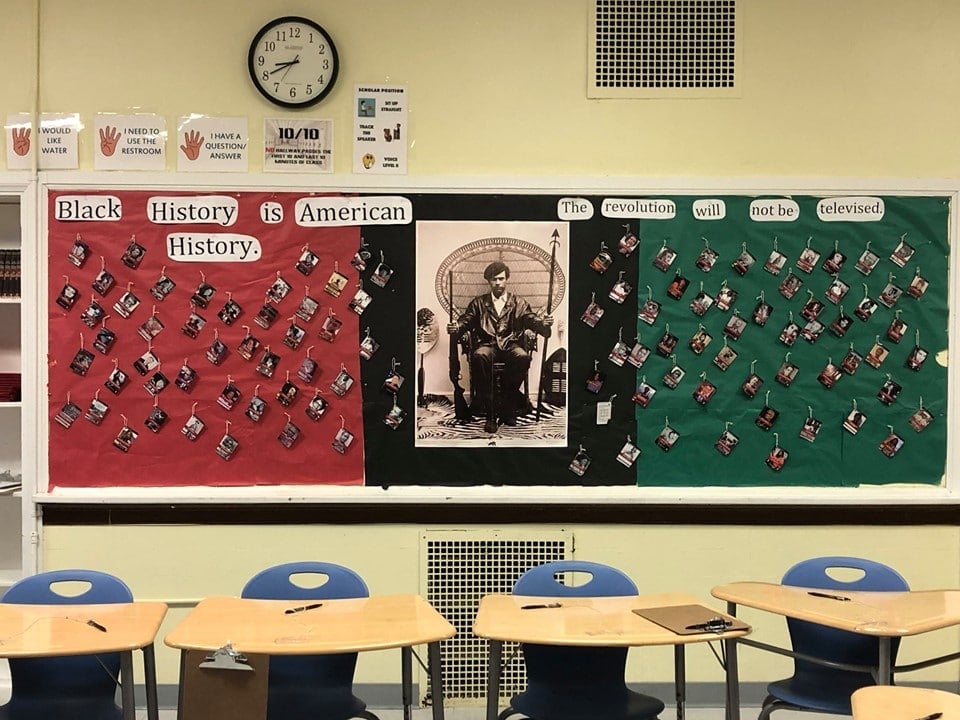
Transformativecircle.org Created two Jeopardy Style Games
Using the Women in History cards, we ended up creating two Jeopardy games which we were able to show on the big screen at the gathering. They competed in teams. We had 3 tables with between 6 and 10 people at
Here are the two games. They seem to work best when viewed in Firefox.
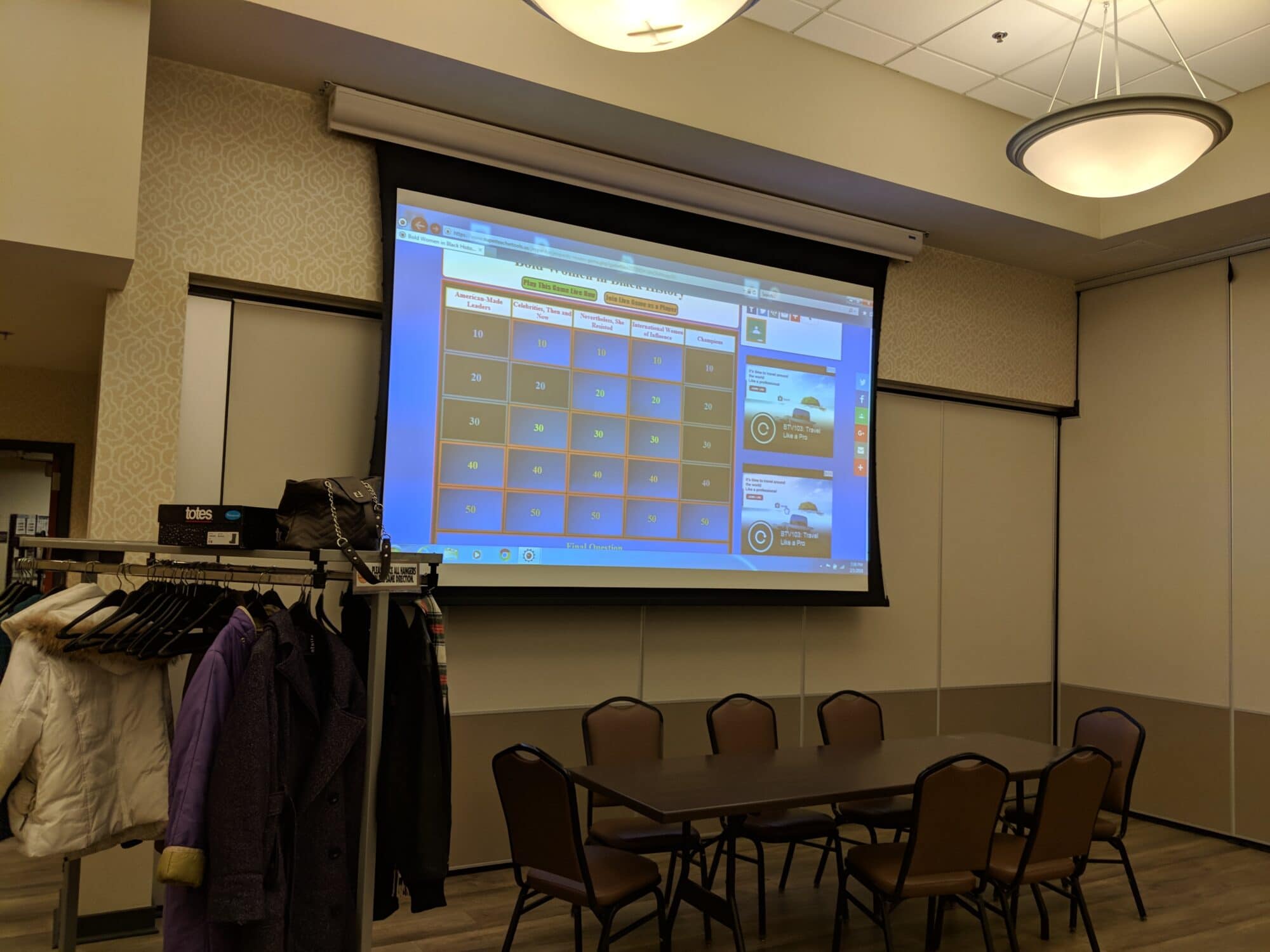
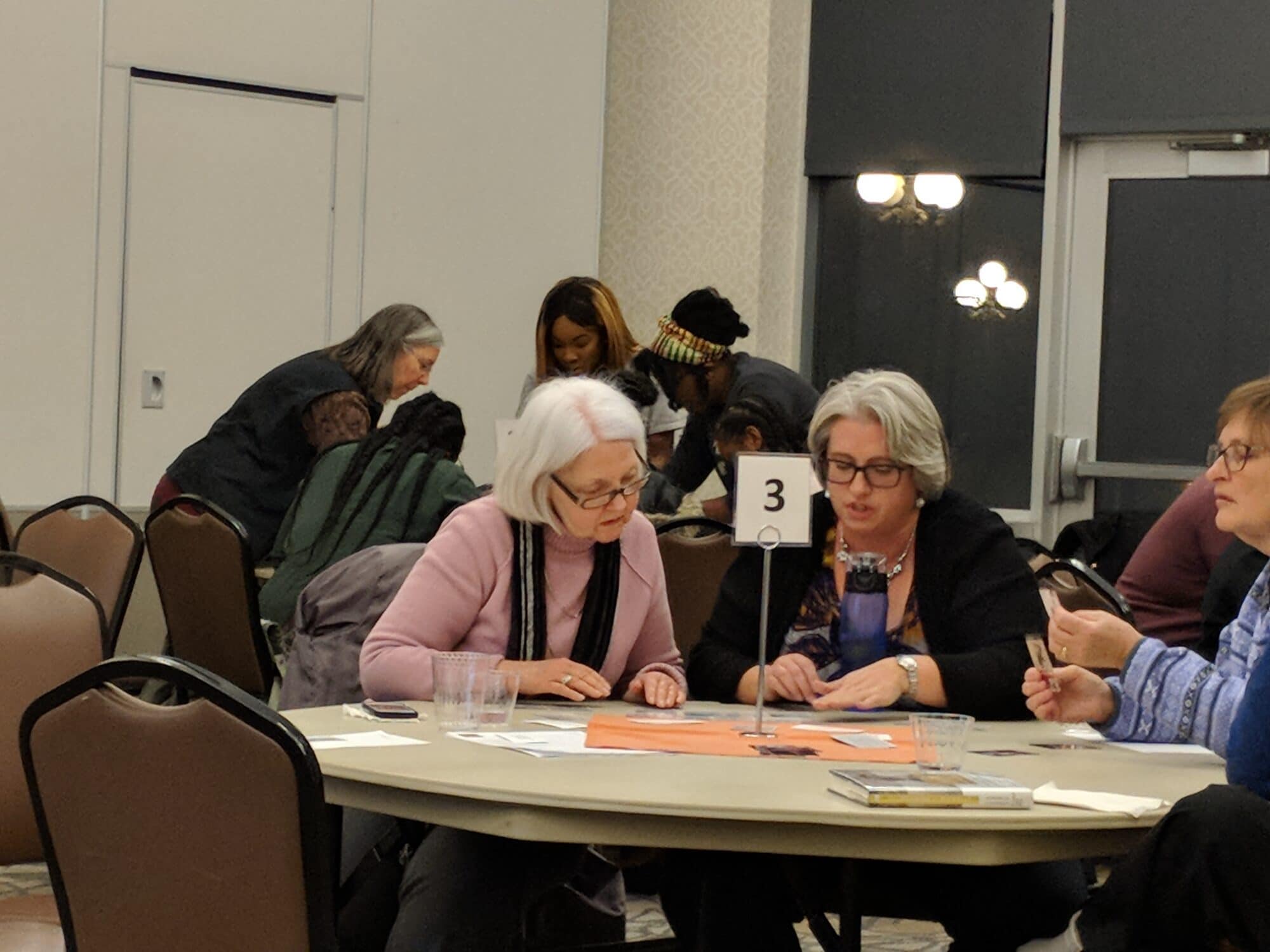
We started the evening with table conversations over potluck dinner on black women using Question Cards that I made up. We spent about an hour and a half on questions such as Why is Black Hair Politicized? and Do you feel that Black women are consistently rendered invisible? Why or why not? We then played the game which took about an hour, and then closed with a poem on how awesome Black Women are.
It was truly an amazing evening. Thank you for coming up with these cards!
Learn more about Transformative Circle at facebook.com/TransformativeCircle
Brock Elementary in Savannah, Georgia created an amazing empowering and informative display
My name is Joseph Johnson and I am the Teacher Librarian at Brock Elementary in Savannah, Georgia. I wanted to first thank you for creating these wonderful cards! I’ve decided to do a window display for the library at the school. I have attached the pictures for you. 99% of our school is African-American, free lunch, and lower income. It is so wonderful that we’re able to actually see other African-Americans throughout history that can serve as role models for our students. They all stare at the windows and study each card, and it fascinates the teachers as well as myself. There is so much history that we never have been taught or was told about.
We had an author visit earlier this year that had written a book about a house slave during Revolutionary Times named Elizabeth Mumbet who sued Massachusetts for her and her daughter’s freedom and won (“A Free Woman on God’s Earth”). This really got us wondering what else we are missing. We later found out that the school was on the grounds of the largest slave sale that was ever done in the United States. This was called the Weeping Time (due to it raining for two days straight as 436 slaves were sold in two days. After the final sale, the sun came out.) We plan to do a commemoration for it on March 2. Sorry to be long-winded, but your cards truly were the perfect item for our school and I really want to express what it inspiration they are. I’ve put both packs in the windows, and the students come around to read the back of the cards that they find interesting. It teaches them




Woodstock Public Library in Illinois created a matching game
Angie Baugher shared this… I work at a public library and created a matching game using 14 of the cards as part of a civil rights week the library had in January. Several people played the game, more people looked at the cards.
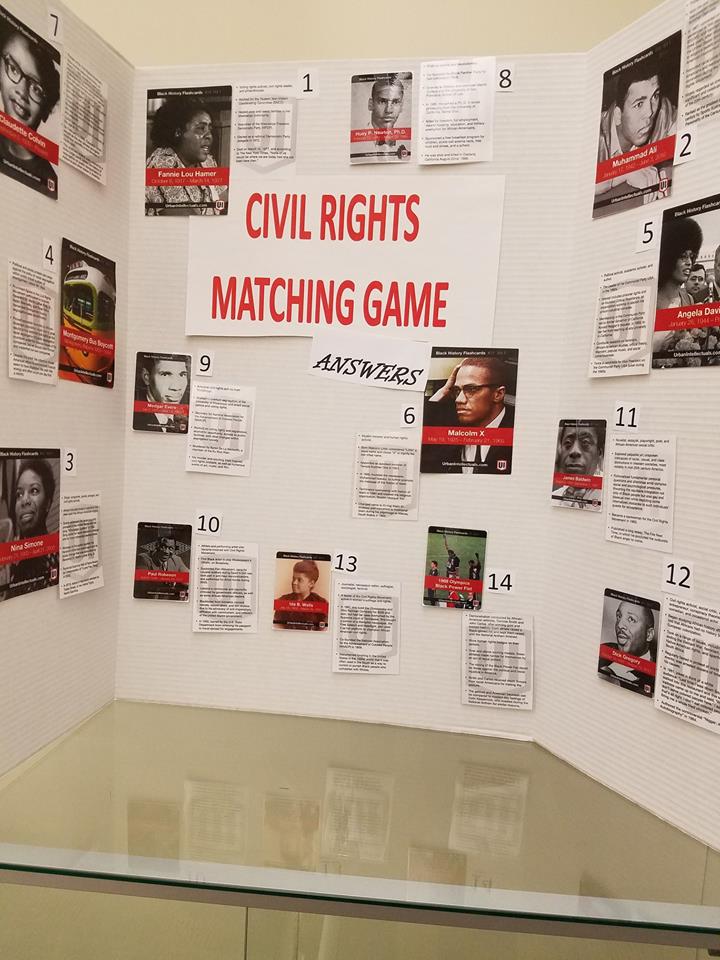
See their facebook post here and learn more about the library at woodstockpubliclibrary.org.
Amanda Allen shared how Games will be used with her Daughter’s 5th Grade class to expose the children to Historical figures in a meaningful way
I came up with ideas for creating interactive games that would help to expose the kids to the most historical figures in a meaningful way. I recently did a training on using Liberating Structures (http://www.liberatingstructures.com/) which inspired my suggestions below. LS are ways to organize people to tackle different meetings/questions/engagements which also maximize engagement. In any event, below I’ve adapted LS activities to fit with using the Black History card deck so that they might also lend themselves to using the cards with students:
Impromptu Networking/22+ min (http://www.liberatingstructures.com/2-impromptu-networking/):
Ask – Give each student a card from the deck, or allow each student to select one card from the deck. Give students 2+ minutes to read their card and become familiar with it.
How Space is Arranged/Materials – Allow students to stand and move about the room freely so they can stand in pairs and mill about to find partners. Beyond the deck of cards, you may want to use a bell or chime to let students know when to move from one part of the exercise to another.
How Groups are Configured – Pairs – Standing, invite students to find classmates with whom they don’t normally socialize
Sequence – In each round, allow 2 minutes per person to talk about the person on their card. They should, Introduce the person pictured, show the picture, share at least 3 facts they found most interesting or which they believe makes this person influential/important to black history.
After 2 minutes have passed, ring a bell or let students know that it is the other person’s turn to share.
After 2 minutes have passed, ring a bell or let students know that they should find another person with whom they can share their card. Repeat process of introducing their historical figure.
Do three rounds to get to 22 minutes.
Riffs and Variations – If you have more time you could have students pick new cards and repeat the exercise or just continue the exercise. You might also consider giving students 3 cards, doing the activity three times, so each time they learn about more of the historical figures. This may be slightly more difficult/require a little more time between rounds for them to read up on their new card. You may consider a group debrief where students share their favorite historical figure.
25/10 Crowd Sourcing/30 min (http://www.liberatingstructures.com/12-2510-crowd-sourcing/)
Ask – Give each student a card from the deck, or allow each student to select one card from the deck. Provide each student with a post-it note they can attach to their card.
How Space is Arranged/Materials – Allow students to stand and move about the room freely so they can stand in pairs and mill about to find partners. Beyond the deck of cards, you may want to use a bell or chime to let students know when to move from one part of the exercise to another. You will need one Post-it note per each card and students will need a pencil/pen in hand during this exercise.
How Groups are Configured – Pairs – Standing, invite students to find classmates with whom they don’t normally socialize.
Sequence – Before engaging with their pair, allow students the opportunity to read their card. After they have read their card, they will assign a point value to their historical figure with a score between 1 and 5 (1 for low importance in history and 5 for high/most important). Ring the bell after about 2 minutes to signal that students should find another person to whom they can hand off their card.
People mill around and cards are passed from person to person after each person has read their new card silently to themselves. When the bell rings, about every 3 minutes, students should put an additional score on the back of the card. Conduct 4 bell rings and invite scoring at the time of ringing the bell. Scoring may NOT necessarily occur with every exchange. Each person should only ever have one card in their hands at one time.
At the end of the end of cycle four, participants should have five scores (the one they put on at first, plus four more from further exchanges). The maximum score a card could recieve is 25 (5 out of 5, 5 times).
Ask students to sit down back at their desks and then add the 5 scores on the back of the card.
Find the best-scoring cards/historical figures with the whole group by conducting a countdown. Ask, ‘Who has a card that scored 25?’
Invite the person hold that card to read the name on the card, share the picture and read off 2-3 facts about this person which they find to be the most notable.
Continue with, ‘Who has a 24?,’ ‘Who has a 23?’… Stop when the top ten historical figures have been identified and shared.
Tips –
Some scoring may be erratic. If a participant has a card at the end of rounds with too few or too many scores, ask them to estimate/average the scores (either by adding in a middle score to one with too few, or by throwing out a score that is very low to one that has too many).
As you start and demonstrate one exchange-and-scoring interaction, take your time adn ask for feedback to make sure everyone understands. This process can be confusing for some people.
Roll of the Dice/20 min
Ask – Give each student a card from the deck, or allow each student to select one card from the deck.
How Space is Arranged/Materials – Allow students to be in seated groups of 5-10 people around a table. Divide the remaining cards between the different groups in even amounts. Each group will also need one dice (one die?). Instructions for rolling the die will need to be written on the board, or printed out for each group.
How Groups are Configured – Groups of 5-10. Decide on the size of the group and have students count off to create the groups.
Sequence – Each student is asked to introduce their historical figure by showing their picture, saying their name, and selecting 3 facts they find to be the most important. The person with the birthday closest to Angela Davis’s (https://en.wikipedia.org/wiki/Angela_Davis) birthday of January 26th gets to go first by rolling the dice. Play continues clockwise.
Roll 1 – Swap with the person to your right. If that person’s card is ‘frozen’ take from the next person to your right.
Roll 2 – Swap with the person to your left. If that person’s card is ‘frozen’ take from the next person to your left.
Roll 3 – Steal any card (that is not ‘frozen’) or pick a new card from the deck. If you take a new card, introduce the new historical figure. Put your old card in a discard pile with the name/picture facing up.
Roll 4 – Pick someone else to pick a new card from the deck. That person will introduce the new historical figure and put the old card in a discard pile with the name/picture facing up.
Roll 5 – Pick a new card or take a card from the discard pile. If you take a new card, introduce the new historical figure. Put your old card in a discard pile with the name/picture facing up.
Roll 6 – Freeze/Retain your card until your next turn
Boston Youth Sanctuary have also been using a Jeopardy style game
The cards have been a great addition to BYS- thank you!
See the board being used on their facebook page here!
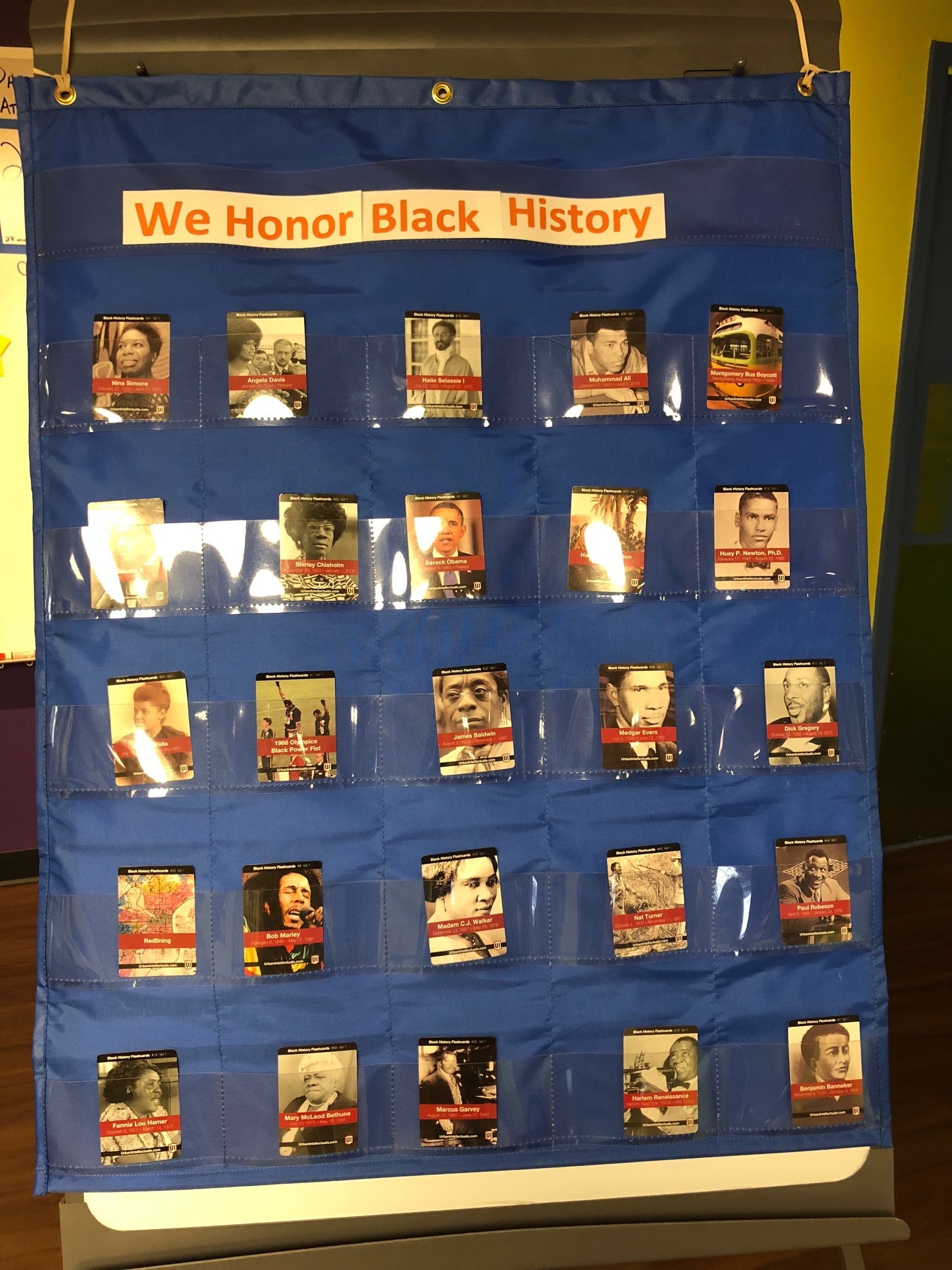
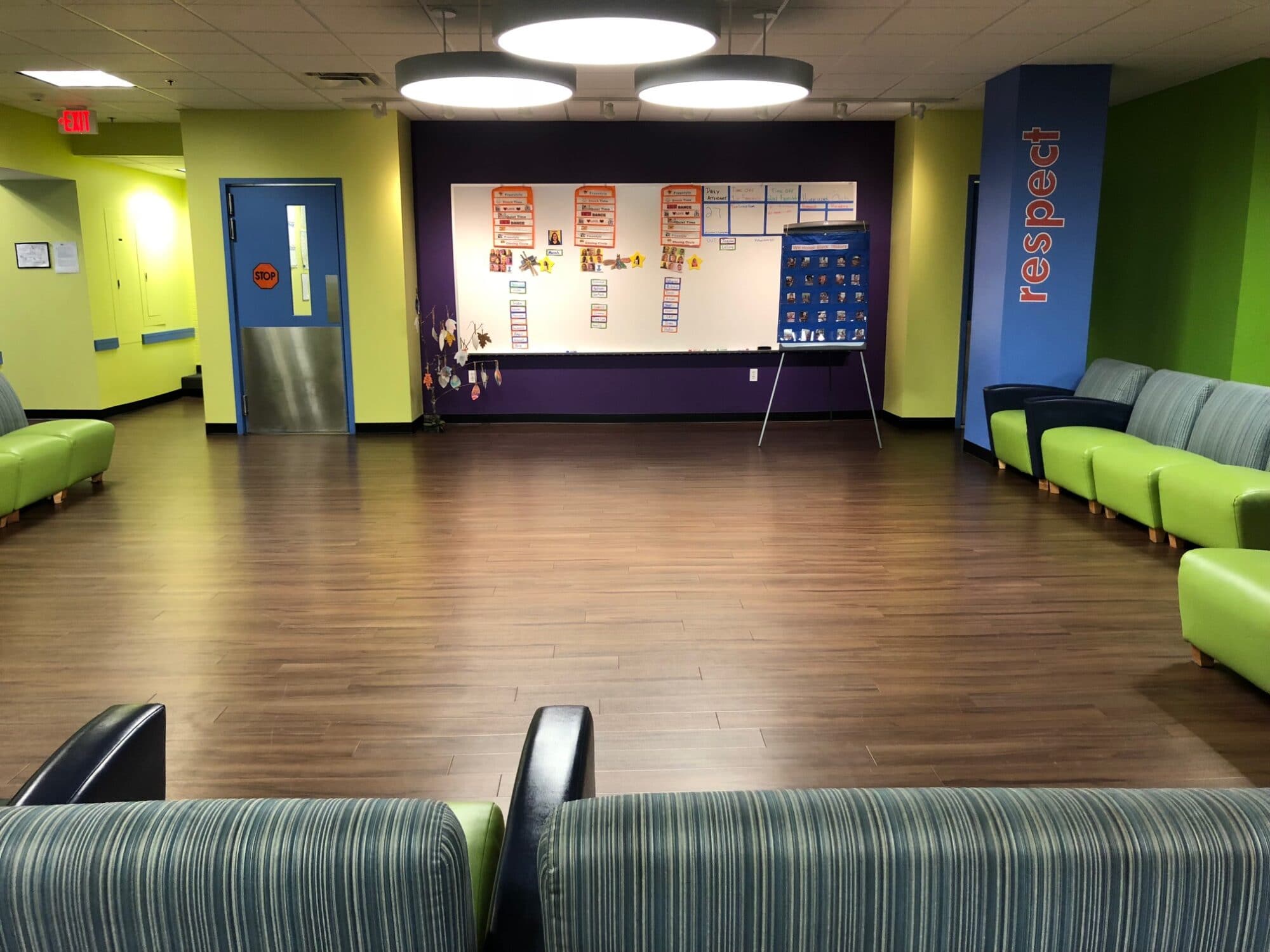
Sharon Clarke created a huge display at her school and integrated the cards
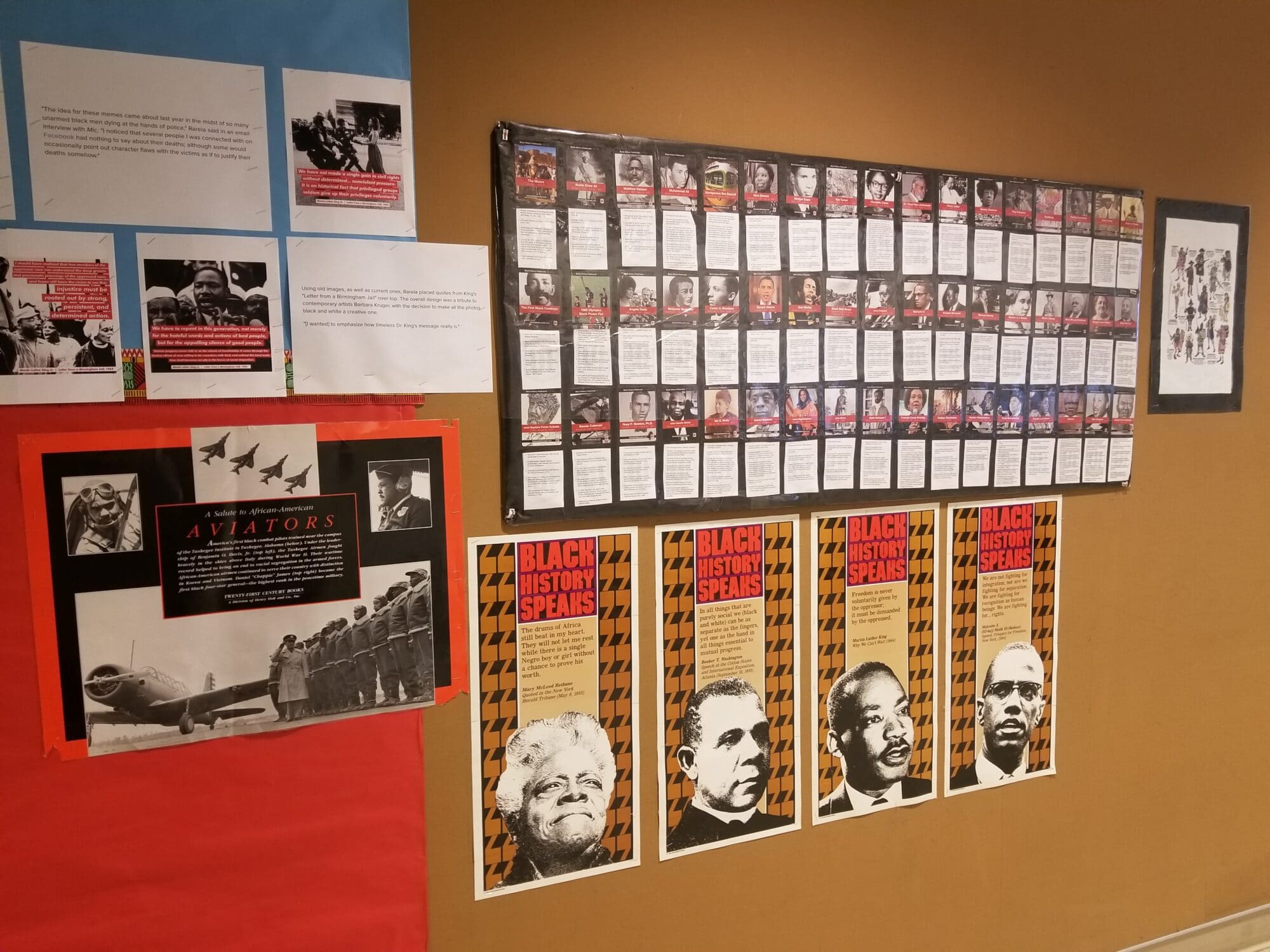

Have you created any games or activities around the cards, please let us know about them using the contact form below.
-
Sale!

NEW: You Better Not Say (Double Game Pack) – 80s-90s and 00s-10s
Original price was: $60.00.$35.00Current price is: $35.00. ADD TO CART - $35.00 -
Sale!

Black History Flashcards (Original Edition)
Original price was: $30.00.$19.00Current price is: $19.00. ADD TO CART - $19.00 -
Sale!

Black History Flash Cards Original and Women Edition (2 Deck Bundle Offer)
Original price was: $60.00.$37.00Current price is: $37.00. ADD TO CART - $37.00








